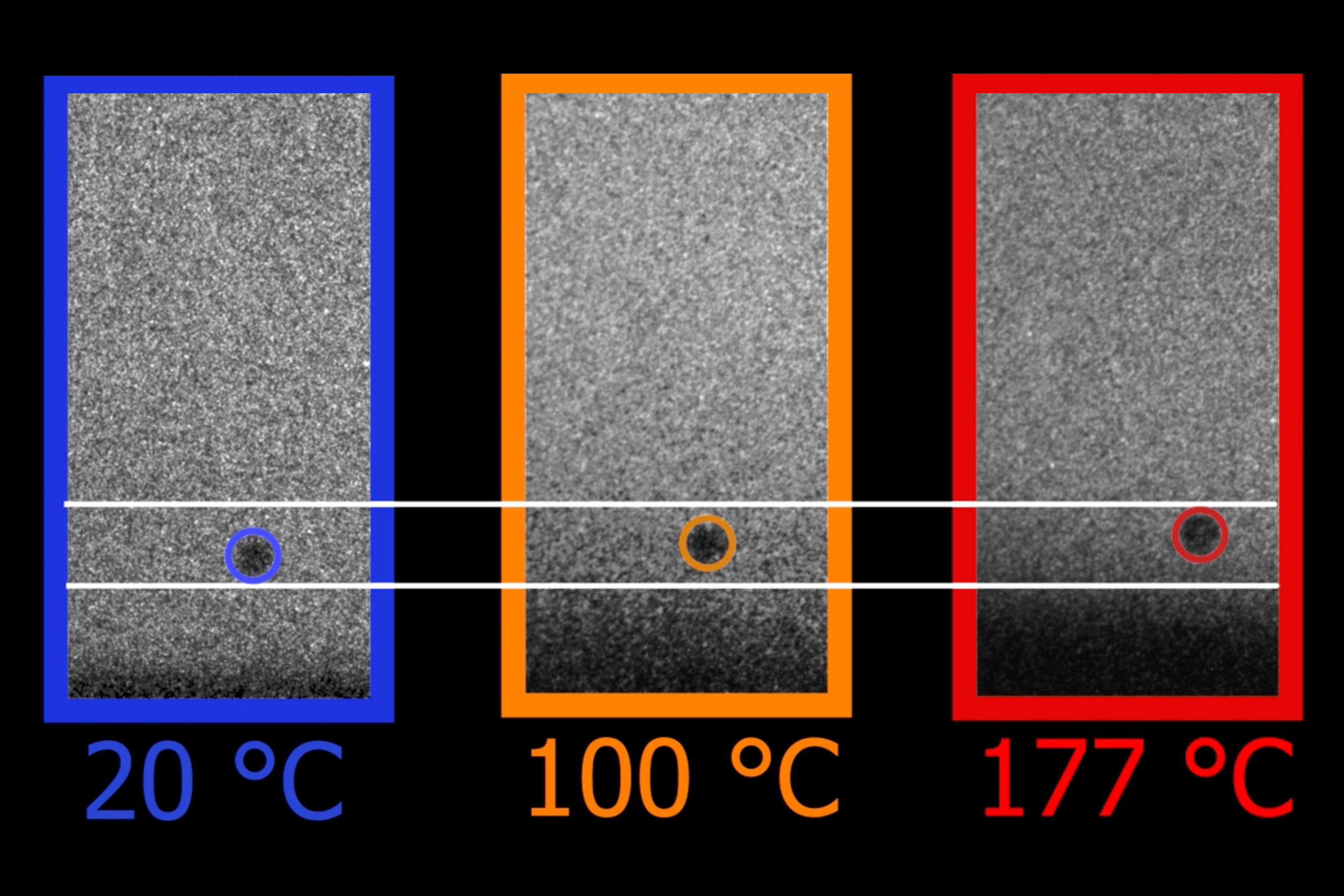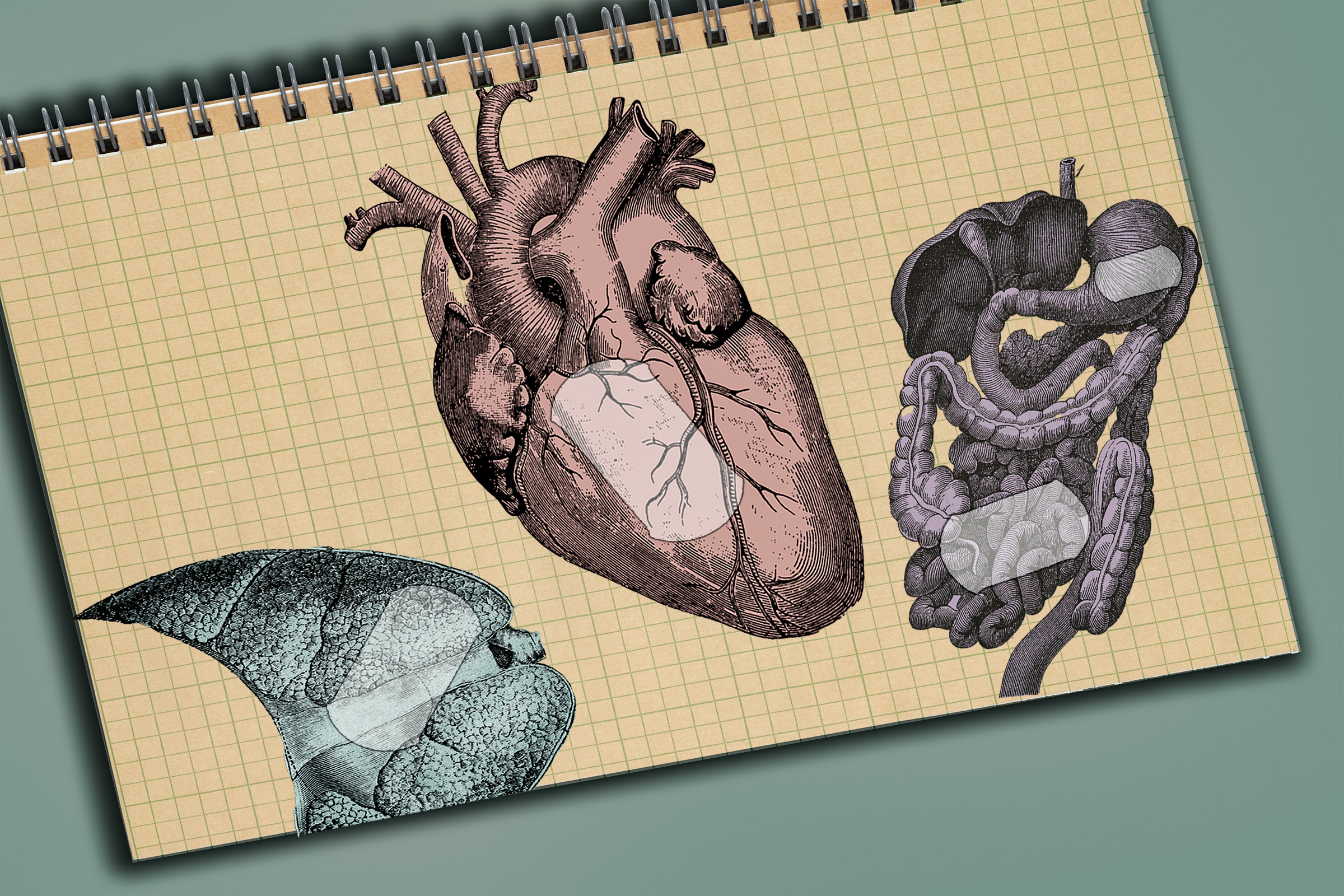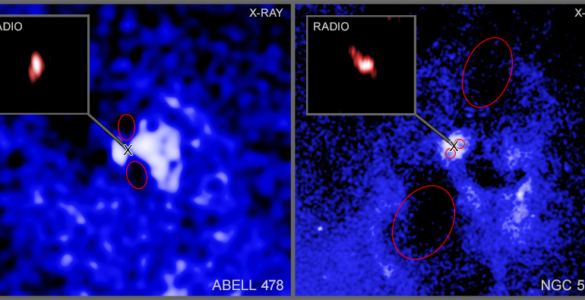The unexpected finding could be important for designing spacecraft shielding or in high-speed machining applications.
Latest News
Adhesive coatings can prevent scarring around medical implants
New adhesive hydrogel coatings could prolong the lifespan of pacemakers, drug delivery depots, and other medical devices.
How the ‘home’ environment influences microbial interactions
This much we know: When viruses infect bacteria – a common occurrence in oceans, soils, even human guts – the interaction results in creation of entirely new organisms called “virocells.” But scientists are still learning about how this merger of microbes affects, and is affected by, their surroundings.
Columbus middle schoolers get hands-on STEM lessons at Ohio State
More than 300 middle school students visited Ohio State’s Columbus campus to participate in hands-on STEM activities.
Spotted: ‘Death Star’ Black Holes in Action
Huge black holes are firing powerful beams of particles into space — and then changing their aim to fire at new targets. This discovery, made using NASA’s Chandra X-ray Observatory and the U.S. National Science Foundation (NSF) National Radio Astronomy Observatory’s (NRAO) Very Long Baseline Array (VLBA), shows what kind of widespread impact black holes can have on their surrounding galaxy and beyond.
A team of astronomers looked at 16 supermassive black holes in galaxies surrounded by hot gas detected in X-rays by Chandra. Using radio data from the VLBA, operated by the National Radio Astronomy Observatory, they studied the directions of beams — also known as jets — of particles fired a few light-years away from the black holes. This gives the scientists a picture of where each beam is currently pointed, as seen from Earth. Each black hole fires two beams in opposite directions.
The team then used Chandra data to study pairs of cavities, or bubbles, in the hot gas that were created in the past by the beams pushing gas outwards. The locations of large outer cavities indicate the direction those beams pointed millions of years earlier. The researchers then compared the directions of the radio beams with the directions of the pairs of cavities. Read the full release HERE.
The post Spotted: ‘Death Star’ Black Holes in Action appeared first on National Radio Astronomy Observatory.







